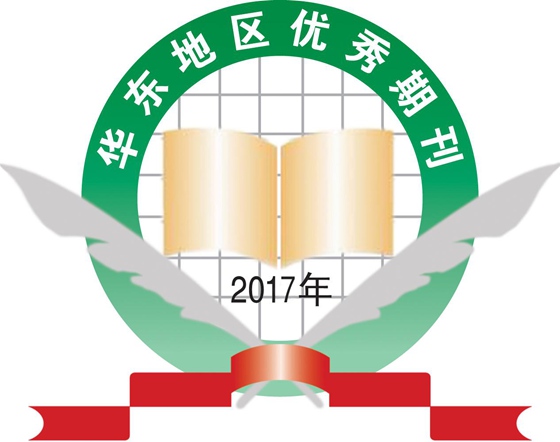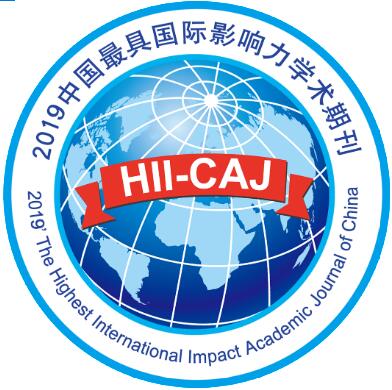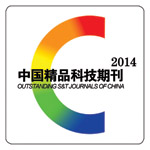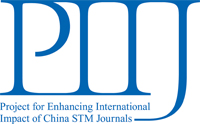Background
Functional constipation (FC) is one of the most prevalent functional gastrointestinal disorders. Dissatisfaction with medications prescribed to treat FC may lead patients to seek alternative treatments. Numerous systematic reviews (SRs) examining the use of acupuncture to treat FC have reported inconsistent results, and the quality of these studies has not been fully evaluated.
Objective
In this overview, we evaluated and summarized clinical evidence on the effectiveness and safety of acupuncture for treating FC and evaluated the quality and bias of the SRs we reviewed.
Search strategy
The search strategy was structured by medical subject headings and search terms such as “acupuncture therapy” and “functional constipation.” Electronic searches were conducted in eight databases from their inception to September 2020.
Inclusion criteria
SRs that investigated the effectiveness and safety of acupuncture for managing FC were included.
Data extraction and analysis
Two authors independently extracted information and appraised the methodology, reporting accuracy, quality of evidence, and risk of bias using the following critical appraisal tools: (1) A Measurement Tool to Assess Systematic Reviews 2 (AMSTAR 2); (2) Risk of Bias in Systematic Reviews (ROBIS); (3) Preferred Reporting Items for Systematic Reviews and Meta-analyses for Acupuncture (PRISMA-A); and (4) the Grading of Recommendations, Assessment, Development and Evaluations (GRADE). A κ index was used to score the level of agreement between the 2 reviewers.
Results
Thirteen SRs that examined the clinical utility of acupuncture for treating FC were identified. Using the AMSTAR 2 tool, we rated 92.3% (12/13) of the SRs as “critically low” confidence and one study as “low” confidence. Using the ROBIS criteria, 38.5% (5/13) of the SRs were considered to have “low risk” of bias. Based on PRISMA-A, 76.9% (10/13) of the SRs had over 70% compliance with reporting standards. The inter-rater agreement was good for AMSTAR 2, ROBIS, and PRISMA-A. Using the GRADE tool, we classified 22.5% (9/40) of the measured outcomes as “moderate” quality, 57.5% (23/40) as “low” quality, and 20.0% (8/40) as “very low” quality. The inter-rater agreement was moderate when using GRADE. Descriptive analyses indicated that acupuncture was more efficacious than sham acupuncture for improving weekly complete spontaneous bowel movements (CSBMs) and for raising the Bristol Stool Form Scale (BSFS) score. Acupuncture appeared to be superior to anti-constipation drugs for improving weekly spontaneous bowel movements, the total effective rate, and the Patient Assessment of Constipation Quality of Life score. Although ten SRs mentioned the occurrence of adverse events, serious adverse events were not associated with acupuncture treatment.
Conclusion
Acupuncture may be more efficacious than sham acupuncture for improving CSBMs and BSFS scores and may be superior to anti-constipation drugs for improving bowel movement frequency, as well as quality of life. Limitations to current studies and inconsistent evidence suggest a need for more rigorous and methodologically sound SRs to draw definitive conclusions.
Systematic review registration
PROSPERO CRD42020189173.

















